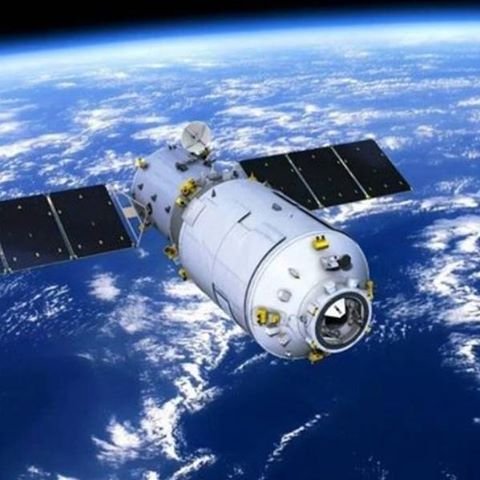No one knows exactly when and where the space station will fall to Earth

Uncontrolled Chinese orbital station "TianGong-1" on March 31 or April 1 will enter the dense layers of the atmosphere and fall to Earth .
At the same time, no one knows exactly when and where the space station will fall to Earth, according to new calculations of researchers, reports Republic .
Specialists can not make exact calculations of the time of fall, since it depends, among other things, on the density of individual upper layers of the atmosphere, the indices of which are constantly changing. Predicting the place of the fall is even more difficult due to the fact that "TianGong-1" makes several turns around the Earth every day, so even a difference of several tens of minutes gives an extremely wide spread of coordinates.
The latest calculations by the independent research organization The Aerospace Corporation have shown that the most likely day for the fall of the station will be April 1. However, researchers allow an error of plus or minus four days.
The most likely place of fall, based on the current orbit of "TianGong-1", experts called a small area in the region of 42 - 43 degrees north or south latitude. In the northern hemisphere at this latitude there are many large cities, such as New York, Barcelona, Rome, Sochi, Vladivostok.
Specializing in asteroids Dutch scientist Marco Langbrek gives similar estimates of the time of fall: according to his calculations, "TianGong-1" will enter the dense layers of the atmosphere on March 31 with an error of plus or minus three days.
All experts are unanimous in the opinion that most of the "Tiangun-1" in any case will burn in the atmosphere. Nevertheless, some parts of the station are likely to reach the Earth's surface - observers from the Earth will be able to see the station as a large fireball comparable in size to the meteorite that fell in the vicinity of Chelyabinsk in 2013.
If the station collapses into residential areas this could result in dozens of human casualties. But such a probability is estimated as extremely insignificant in view of their extremely low area compared to the ocean and unsettled land.
It is known that a station measuring 11 m was launched into space in 2011, for all time it was visited by six "taikonauts", including the first Chinese woman who visited space. March 21, 2016 in the Chinese media, a note appeared that the connection with the station "Tiangun-1" was discontinued.
Recall, February 6 in the US state of Florida from the cosmodrome at Cape Canaveral in Florida , the most powerful of the ever existed rockets - Falcon Heavy, on board which was electric Tesla, was launched into space .